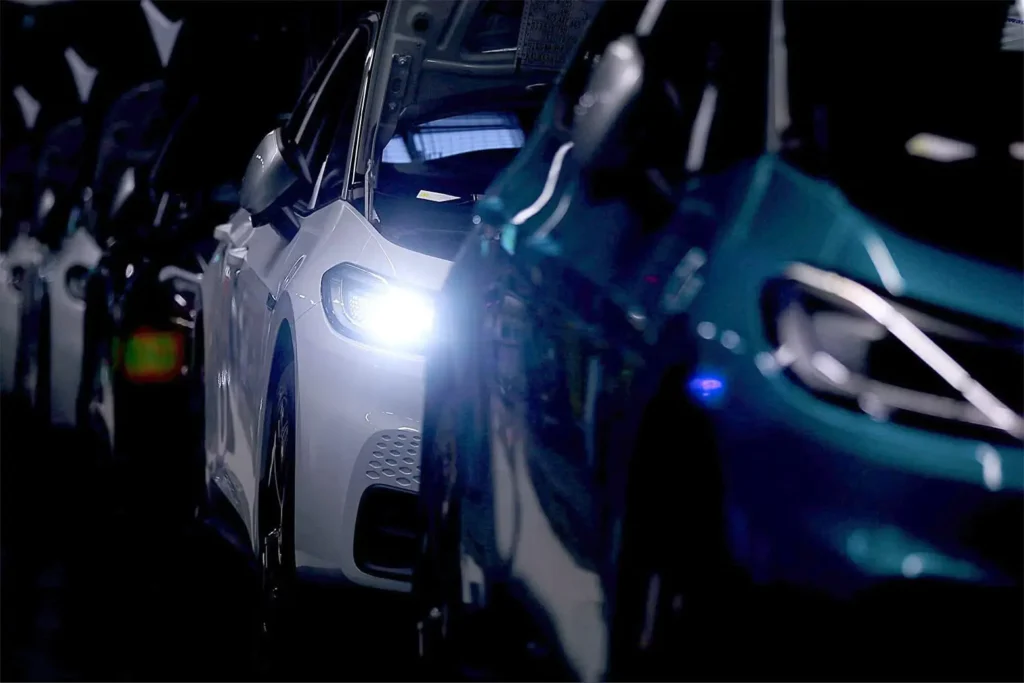The functionality of the headlights in your car is crucial when driving at night or in low-light conditions. A sudden headlight failure, due to an electrical problem or a blown lamp, can be dangerous.
This article will examine the possible causes of headlight failure, what to do immediately when it happens, and how to prevent such an incident in the future.
Causes of Headlights Failure
It is important to understand the possible causes of headlight failure to troubleshoot effectively. Burnt-out bulbs, bad wiring, headlight switches that don’t work, and blown fuses are all common causes. Finding the cause of the problem can help determine the best course of action.
Immediate Response to Headlight Failure
When your headlights are not working, you and all other road users face serious safety hazards. The first thing you should do when your headlights fail while driving is to remain calm.
Activate Hazard Lights
Turn on your hazard light as soon as you notice that your headlights are not working. Hazard lights alert other motorists to the fact that your headlights are not working and improve visibility. It is especially important to have this feature when you are driving at night, as it allows other drivers to see your car even if the headlights don’t work.
Gradually Reduce Speed
Slowly reduce speed with the hazard light on. You can better react and assess potential hazards by slowing down. Other drivers will also have more time to adjust their driving when they see your situation.
Pull Over Safely
When it’s safe, stop on the side of the road. Find a safe and well-lit area away from traffic. It is important to take this step for both your safety and that of other road users, since a car without working headlights will be hard to spot, particularly in the darkness.

Diagnosing the Issue
If you are comfortable, after safely stopping your vehicle, spend a few minutes diagnosing the problem. Examine the headlight switches to make sure they are in the right position. Inspect the fuse for signs of damage and check the headlights. Remember that diagnosing an electrical problem may require the assistance of a professional.
Utilize Auxiliary Lighting
Some vehicles are equipped with fog or auxiliary lights, which can be used to provide illumination when the headlights fail. Switch on your fog lights if you have them. These lights do not replace headlights. Be careful and drive at a low speed.
Call for Assistance
It is best to contact someone for help if you cannot identify the problem or fix it yourself. You can contact a roadside service or someone who is close to you for support. Towing your vehicle to an expert mechanic can be the best option in some situations for thorough repairs and inspection.
Carry Essential Tools and Spare Bulbs
To handle unexpected situations, such as a headlight malfunction, it is important to be prepared. Keep essential tools in your car, like a flashlight and spare bulbs. Spare bulbs are useful for replacing a burned-out light bulb, even if they don’t solve complex electrical problems.
Regular Maintenance to Prevent Headlight Failure
Proactive maintenance is essential to reduce the risk of headlight failure. Check and replace the bulbs regularly before they burn out, check the wiring for signs of damage or wear, and make sure that your headlight switch works correctly. Avoiding unexpected breakdowns by addressing potential problems before they become serious.
Conclusion
A sudden headlight failure while driving can be a difficult situation. It requires quick thinking, and you should take precautionary steps. Understanding the causes of headlight failure and taking action immediately, such as turning on hazard signals and stopping safely, can help drivers navigate through this situation more efficiently. Regular vehicle maintenance is also important to prevent such accidents and ensure that the headlights work reliably at critical times. Prioritize safety and fix headlight problems promptly. This will promote safe driving, particularly in low-light conditions.
